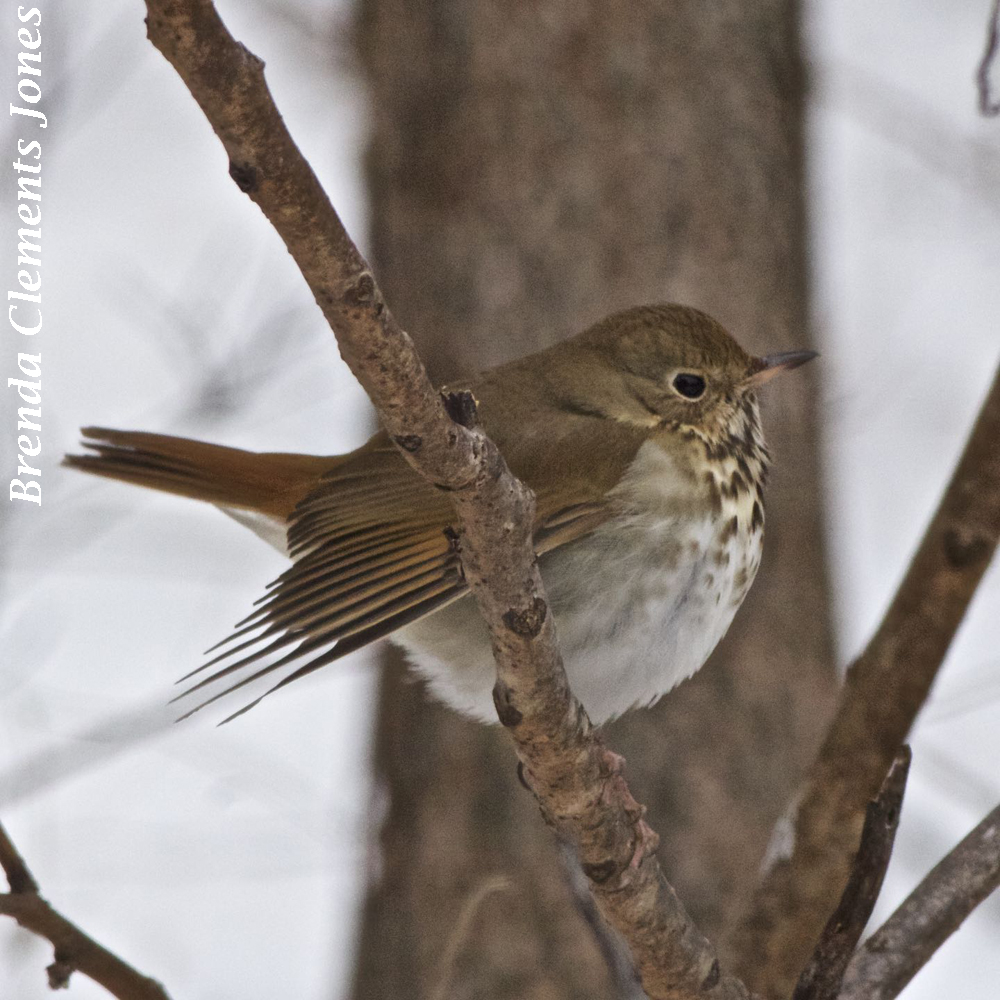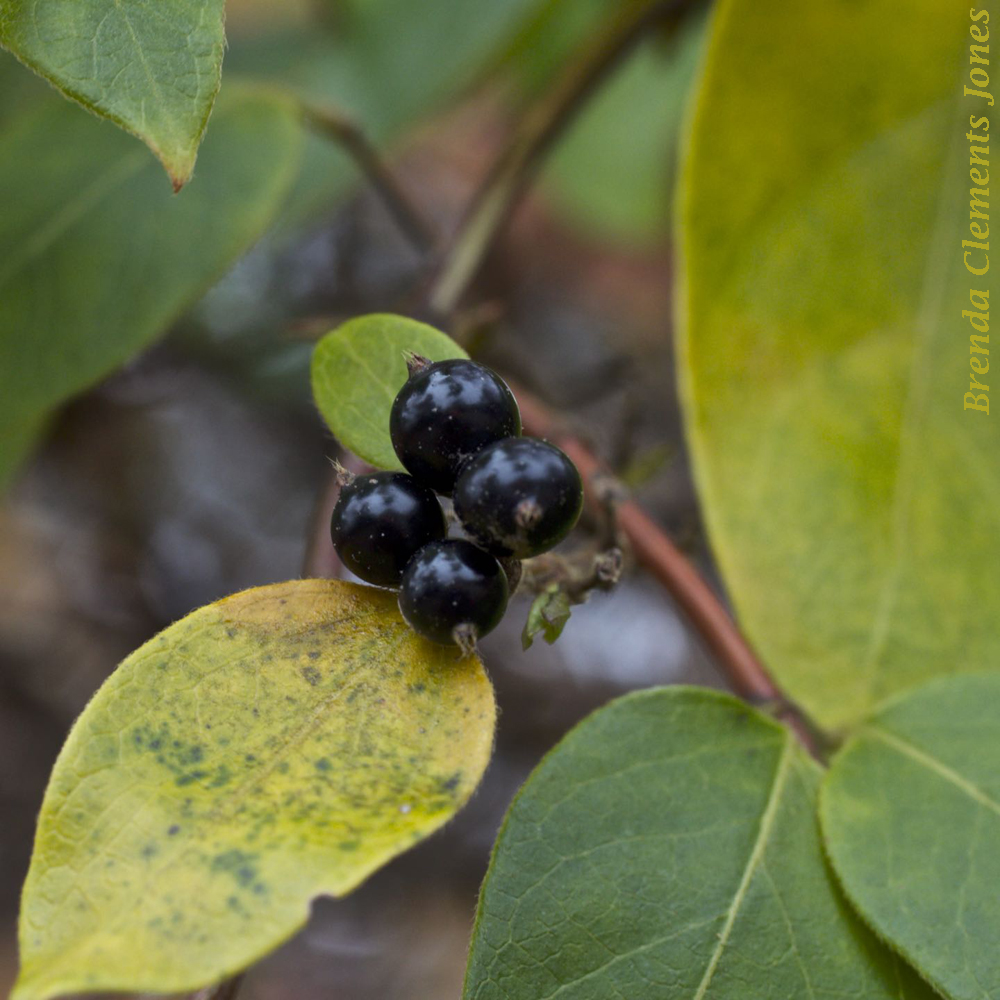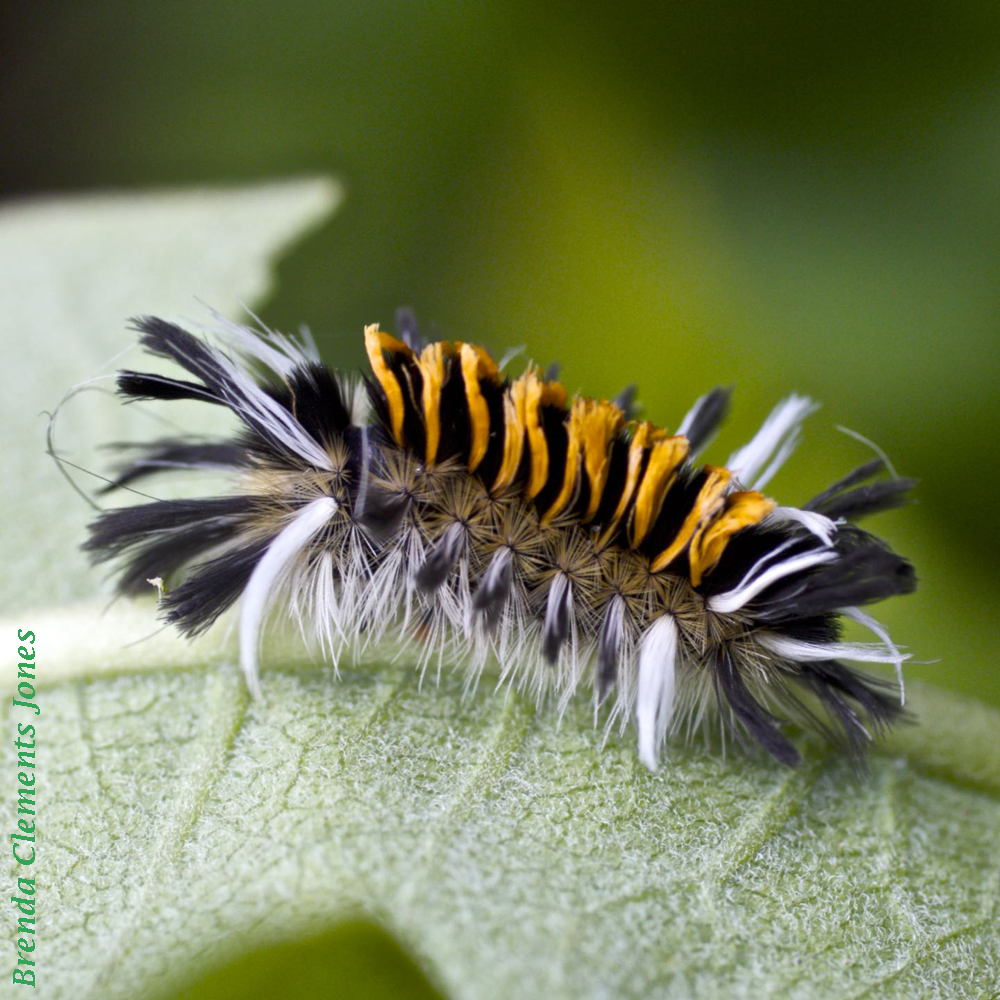-
More Snow!

This is the Colorado Blue Spruce (Picea pungens) between my studio and the wood shop, with 9 inches of snow dumped on it. Lovely isn’t it?! It’s a COLOR photo BTW, and this is what I refer to often — the black and white landscape of winter. I love it! This image was taken on…
-
A Catbird!
A photo from May, 2021. A very rare sighting for me. The Gray Catbird (Dumetella carolinensis). A contributing factor to my seldom seeing the Catbird is its avoidance of unbroken forest (mostly that here) and its affinity for suburban gardens (not suburban at all). Possibly.
-
Purple Finch

A bird that I rarely see. Purple Finch (Haemorhous purpureus). Not an unusual bird, but one that just doesn’t show up here on my mountain. In all my years of capturing images of birds, I’ve only had two occasions to photograph a Purple Finch. Once in 2010 and once in 2017. The Purple Finches that…
-
Poison Ivy Berries

Poison Ivy (Toxicodendron radicans). I know, not something you really want to think about. I’m right there with you. I’m highly allergic to it. BUT birds, including many woodpeckers, LOVE the berries. So I enjoy the Poison Ivy too, because of the birds, though I certainly try not to touch it.
-
Winter Arrival of the Hermit Thrush

Seems every day I’m seeing another of my winter birds. This one, my treasured Hermit Thrush (Catharus guttatus). A medium sized bird with a magical, flutelike song which it doesn’t bring along on its winter visit. It saves those lovely notes for summer, choosing to blend in and not make too much of a noticeable…
-
Robins in Winter

Just a couple days ago an American Robin (Turdus migratorius) stopped by for a drink at the bird bath here at my cabin. It’s not at all unusual to see Robins here during any month of the year, even during winter. During the summer earthworms, snails, spiders and other arthropods make up much of their…
-
A Stop on the Way
A favorite place to stop on the way to yoga. A favorite place to pull out my camera and get a picture.
-
Smooth Sumac Revisited
Nothing better than Smooth Sumac doing its thing in autumn. I, along with many birds, love it!
-
Japanese Honeysuckle Berries

Japanese Honeysuckle (Lonicera japonica), the Honeysuckle that many of us know from childhood with the luscious drop of nectar that we’d catch on our tongue. Mmmm. And surprise, that Honeysuckle gets berries. Berries that are poisonous to us humans. The nectar is safe but not the berries.
-
Milkweed Tussock Moth Caterpillar

Milkweed Tussock Moth Caterpillar (Euchaetes egle). This caterpillar just might alarm you if you’re growing milkweed with Monarch Butterflies in mind. No need to worry though. The Milkweed Tussock Moth and the Monarch Butterfly have grown up in the “same neighborhood” side by side, sharing the bounty. Both butterfly and moth caterpillars are eating a…